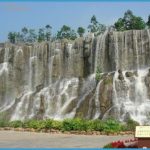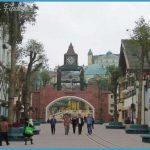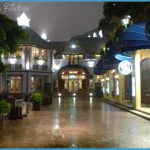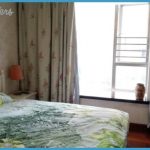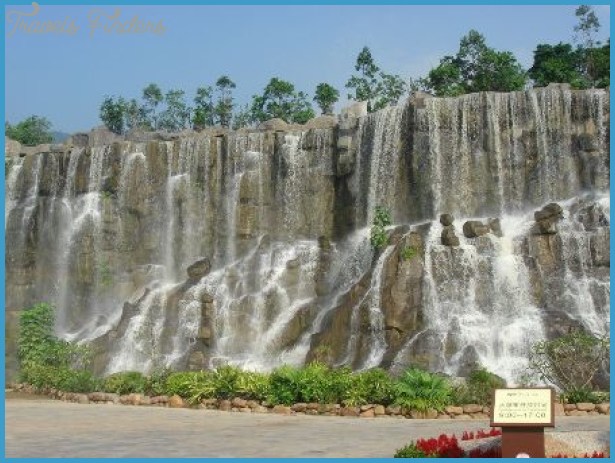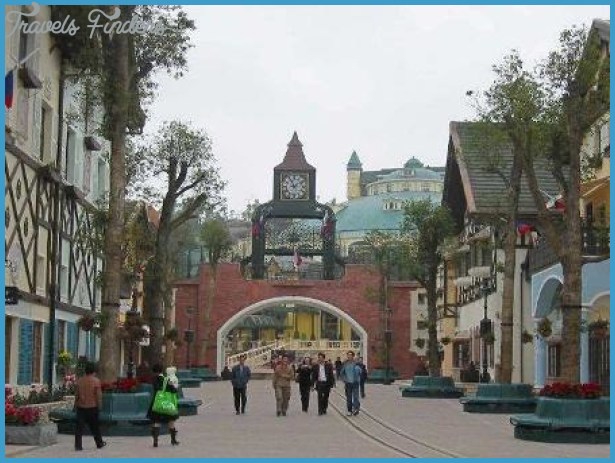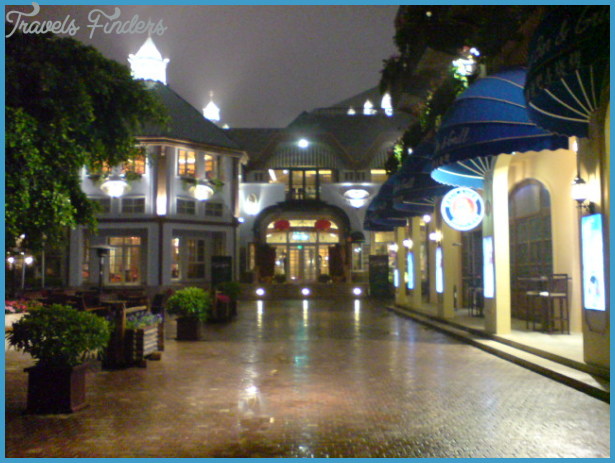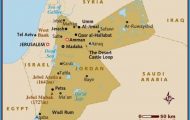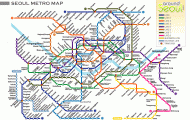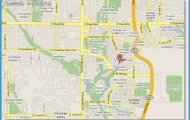Entering Nanshan district along Shennan Ave. from the East, the first sub-district you come to is Overseas Chinese Town. Overseas Chinese town known universally as OCT is a district of leafy streets and tall well-clipped hedges hiding discreet, but extremely luxurious, housing developments. This is where the well-heeled Shenzhener lives.
It is also the centre of tourism in Shenzhen. Overseas Chinese Town is home to Shenzhen’s four iconic theme parks: Windows of the World, Folk Customs Park, Splendid China and Happy Valley.
Why Overseas Chinese Town? OCT is another of those areas of Shenzhen where, during the 1980s, tabula rasa was given to an organisation to develop and administer. In the case of OCT, the organisations were the Overseas Chinese Commission and China Travel and the key player was Liao Chengzhi.
Liao Chengzhi was the son of Liao Zhongkai and He Xiangning. Liao Zhongkai was Sun Yat-sen’s comrade and leader of the KMT left during the 1920s. He Xiangning, Liao Chengzhi’s mother, is commemorated in the Art Gallery named after her in OCT. Indeed the Gallery has some examples of Liao Chengzhi’s amateur Chinese painting collaborations with his mother.
Liao Chengzhi was born in Japan during one of his parents’ sojourns there and maintained a close connection with Japan throughout his life. Unlike his mother who remained a nominal member of the Revolutionary Committee of the KMT all her life, Liao joined the Communist Party and rose to high office. Because of his unique personal situation, he was often singled out for special roles. His mother’s connections in the KMT meant he was wheeled out when a gesture to Taiwan was required. He spoke perfect Japanese and was instrumental in the negotiations for the establishment of diplomatic relations between China and Japan. He was a Hakka from Shenzhen’s neighbouring city, Huizhou and thus was often given roles with the Overseas Chinese of South-East Asia.
In the 1980s, shortly before his death, Liao was the head of the Overseas Chinese Office of the State Council. An idea, which had some currency at the time, was the harnessing of Overseas Chinese wealth and technical know-how for China’s development. There was a particular emphasis on having Overseas Chinese buy housing for their less well-to-do Mainland cousins.
As head of the Overseas Chinese Affairs Office, Liao had partial responsibility for a State Farm, the Overseas Chinese Farm, at Shahe, the site of the current OCT. This farm had a chequered history. In 1966 large numbers of Indonesian Chinese fled Indonesia after the bloody suppression of a Communist coup. They were soon to discover that their escape was not what they might have hoped. 1966 also saw the beginning of the Cultural Revolution and all people with overseas connections were suspect, spies. This applied to the Indonesian Chinese, despite the fact that they had risked their lives for Communism. Most of them were resettled in conditions very closely allied with penal servitude in State farms like the one in Shahe.
With the end of the Cultural Revolution and the arrival of the new spirits of openness and atonement, new uses had to be found for these farms and Liao thought that the Shahe one could be a base for new industries founded with Overseas Chinese money. China Travel Hong Kong was brought in to handle the tourism aspect of the project and new industrial estates were founded. And thus OCT’s unique mix of high-end property development, industry and tourism was born.
Address: Overseas Chinese Town Nanshan
Metro Qiao Cheng Dong, Hua Qiao Cheng, Shi Jie Zhi Chuang, line 1 Qiao Cheng Bei, line 2

